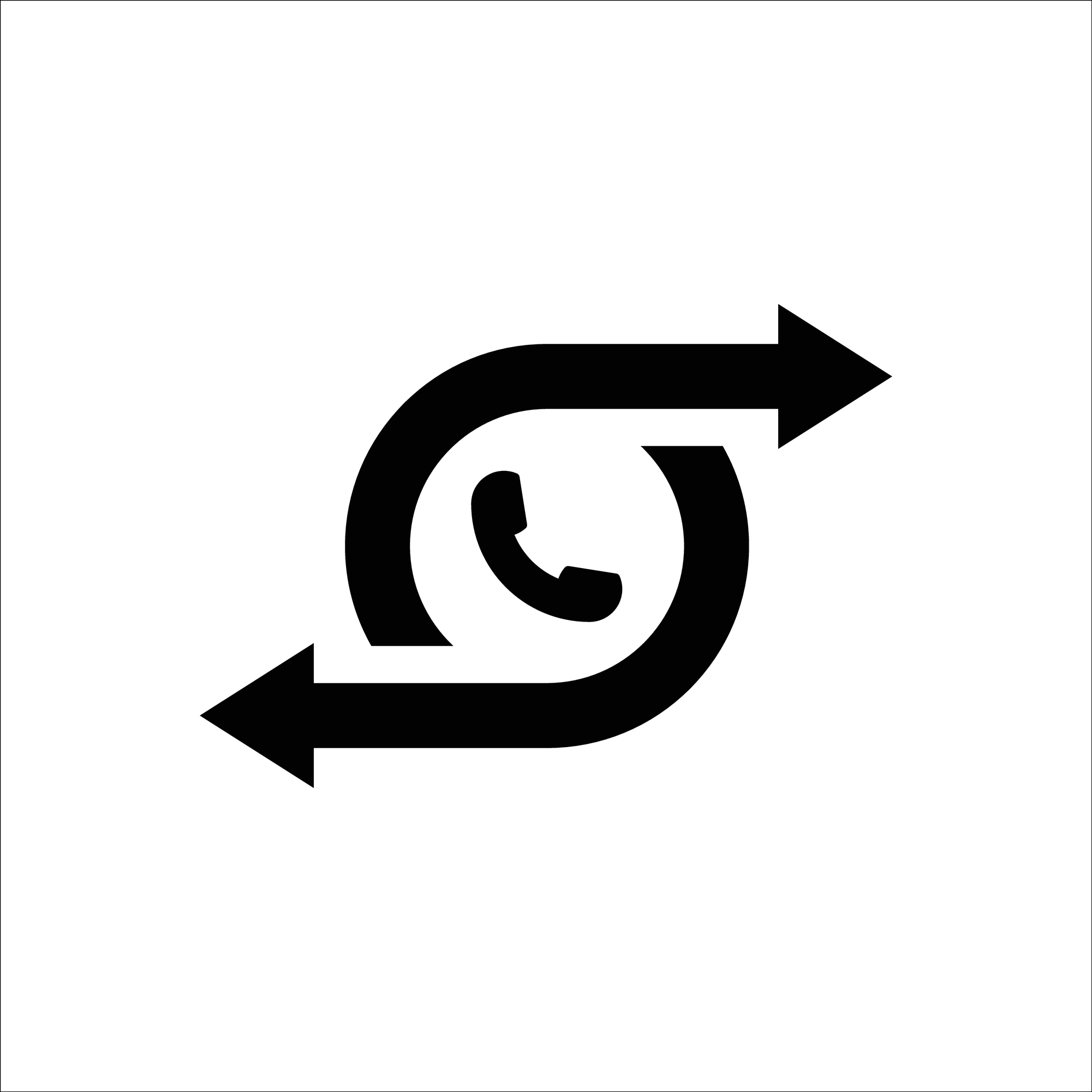No matter how streamlined your call center process is—from intuitive IVRs to real-time wait updates and pre-call information collection—there’s one thing that can still frustrate customers: waiting on hold.
In fact, for many customers, the experience of being stuck on hold is enough to overshadow an otherwise smooth support journey. That’s why offering call-backs is a simple yet powerful way to boost customer satisfaction. Instead of forcing callers to wait, you give them the option to receive a return call—turning a negative into a positive instantly.
But the benefits of call-backs go beyond happy customers. They can also transform how your agents work. Most call centers experience fluctuating call volumes, with peak and slow periods. While some companies overstaff to manage busy times, this often leads to inefficiencies and higher costs. With call-backs, agents can shift conversations from peak hours to quieter ones—reducing stress, balancing workloads, and ultimately minimizing burnout. Happier agents mean better service and lower turnover.
CallShaper makes managing call-backs easy. Agents can schedule them at optimal times, avoiding the pitfalls of automated systems that might call back too early (leading to more hold time) or too late (missing the low-volume window). This human-centered approach ensures call-backs happen when it makes the most sense for both parties.
Timing is also crucial when offering the call-back option. Too early, and you may flood your system with requests; too late, and you risk losing the caller altogether. It may take some trial and error, but finding the sweet spot can significantly improve both efficiency and satisfaction.
When implemented thoughtfully, call-backs are a game-changer—for your customers, your agents, and your bottom line. Want to see how CallShaper can help you make the most of this feature? Schedule a demo today.


Leave A Comment